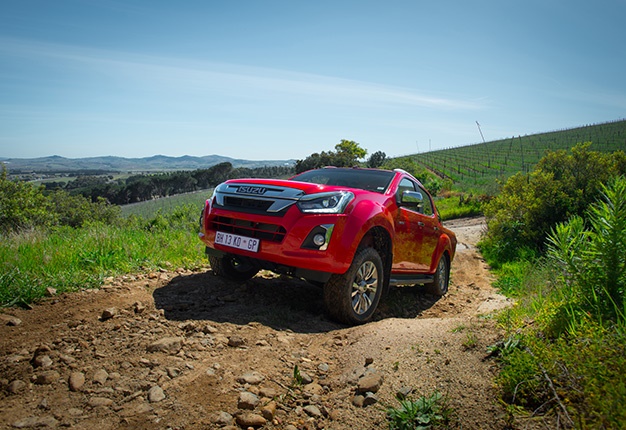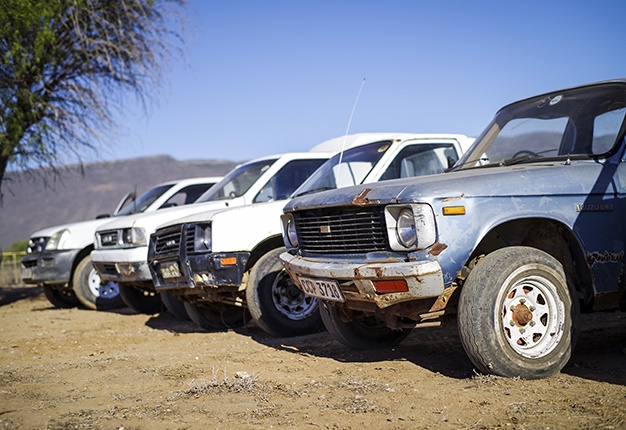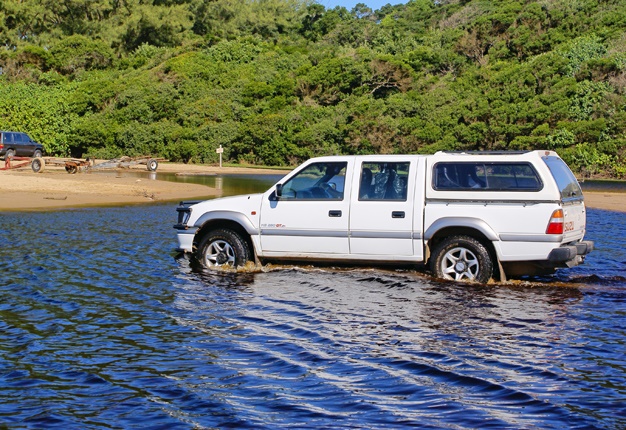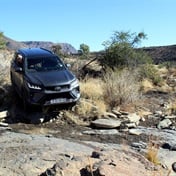
A year and a half after Isuzu regained its independence within South Africa, the bakkie brand has finally internationalised its product naming convention.
South Africans will henceforth be buying D-Max bakkies, instead of KBs. For those who remember Isuzu establishing the local leisure double-cab market with its KB280 turbodiesel in the early 1990s, there will be some poignancy about this change, but there is sound logic which underpins it.
More in-line with other markets
Since most other Isuzu markets have been trading the company’s bakkies under the D-Max name since 2002, it was inevitable that South Africa could not keep marketing them as KBs in perpetuity.
How convergent is the local range with other right-hand drive markets, such as Australia? This is finally a question we can answer, as the renaming from KB to D-Max makes that comparison a lot more deliverable.
Regarding dynamic safety specification and infotainment, South African Isuzu's are now finally on parity with their Australian cousins. The only notable difference between the two D-Max ranges, locally and in Oz, are that the Australians have the more powerful 3-litre engine option in the most basic chassis cab configuration.
The D-Max renaming has also initiated specification changes for the local Isuzu range. Mechanically, the most important upgrade is an additional gear for 3-litre LX derivatives.
Image: Quickpic
Since most of its rivals have offered six-speed manual and six/seven/eight-speed automatic transmissions for a while, the presence of five-speed gearboxes in Isuzu’s double-cabs have limited their efficiency and in-gear acceleration. That has now been redressed, somewhat, by the upgrade to six-speed gearboxes for both manual and automatic 3-litre D-Max Isuzus.
Image: Quickpic
Recognising South Africa as a global anchor market for bakkies, Isuzu committed to a local production programme way back in 1978 and in the last 40 years, they have done some choice things with the KB.
Isuzu recognised the local bakkie market being pivoting between utility and leisure applications years before many others. In response, they added car-like engineering features that would improve the driveability of bakkies, without ruining their robustness. Rack-and-pinion steering and independent front-suspension were amongst these changes.
What made the KB legend: that KB280
What really defined the KB legacy in South Africa, was its anticipation of the double-cab bakkie’s popularity. Although Nissan and Toyota marketed double-cab bakkies in the late 1980s and early 1990s, these were very hardcore vehicles.
They have vinyl seats, virtually no comfort or convenience features and the sole purpose was for teams of mining geologists or civil engineers to journey to remote work sites.
Image: iStock
The notion of a double-cab with ergonomic seats, car-like controls and a refined turbodiesel engine was simply not a consideration to any product planners operating within South Africa’s bakkie market during the early 1990s.
Isuzu’s moment of inspiration was its third-generation KB, specifically the 280 double-cab derivatives. It leveraged Isuzu’s renowned diesel technology, to deliver a double-cab bakkie which wasn’t agriculturally noisy and provided relatively useable highway cruising performance.
Where its South African market rivals tried to compete with aftermarket developed turbocharging derivatives of their own (Nissan Hardbody 2.7 and Toyota Hilux 2.8), these were often disappointingly unrefined in comparison.
Image: Quickpic
Beyond its brilliant engine, KB280’s other appealing attribute was cabin comfort. The seats were contoured and padded for comfort, instead of being built for utility and rough use.
That meant KB280 was justifiably the first South African double-cab bakkie which could be deputised as a family vehicle for weekend getaways or vacation journeys to the coast, accommodating a family of four (or five, if there was a youngster willing to be seated in the middle of the rear bench).
Isuzu’s objectives with its original KB280, a double-cab bakkie with car-like cabin comfort, supple ride quality and a smooth turbodiesel powertrain, set the trend for what South Africa’s incredibly diverse and competitive multi-seater bakkie market eventually matured into. It’s the perhaps the single most significant reason that KB became such a respected name in local bakkie folklore.




 Publications
Publications
 Partners
Partners














